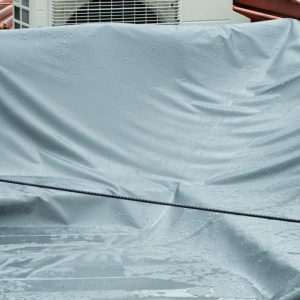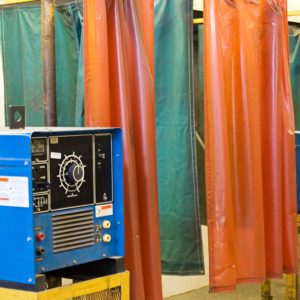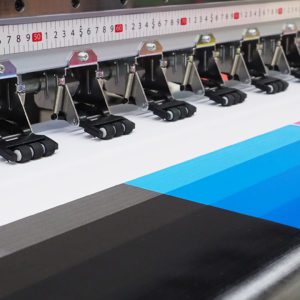Overview
There are two main types of nylon associated with fabric: nylon 6 and nylon 6,6. When choosing between nylon 6 and nylon 6,6, it’s important to understand the different advantages these fabrics offer to determine their ideal application. Nylon 6 and nylon 6,6 can withstand high heat and are considered tough materials with superior wear resistance. For most applications, nylon 6 works well. However, nylon 6,6 has a higher melting point and is even more durable than nylon 6. Its abrasion resistance and heat resistance are the defining properties that make it a better choice for some industrial applications. Nylon’s strength also lies in its ability to stretch, unlike polyester.
Melting Point
Nylon 6,6 has a higher melting temperature than nylon 6. Depending on the application, this may or may not be important.
- Nylon 6 Melting Point: 210-220 degrees C/ 410-428 degrees F
- Nylon 6,6 Melting Point: 255-265 degrees C / 490-510 degrees F
Why do they call it Nylon 6,6?
Nylon 6 is a polymer made up of only one monomer with six carbon atoms, that is why it’s called nylon 6. Nylon 6,6 is a polymer made from two different monomers, with six carbon atoms each, which is why it’s called nylon 6,6.



























